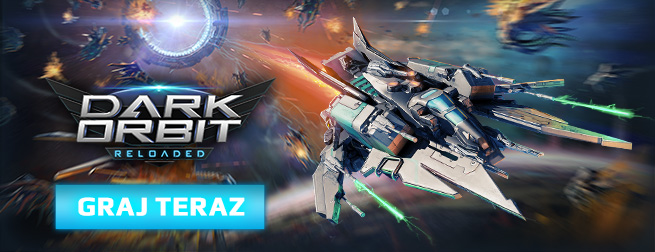-

1639 -

350 -

2435 -

4380
9282 plików
290,06 GB
 Foldery
Foldery Ostatnio pobierane pliki
Ostatnio pobierane pliki
- sortuj według:
- 184 KB
- 3 gru 22 23:33
zachomikowany
- 33,0 MB
- 3 gru 22 23:33
zachomikowany
- 138 KB
- 3 gru 22 23:33
zachomikowany
- 52,1 MB
- 3 gru 22 23:33
zachomikowany
- 166 KB
- 3 gru 22 23:33
zachomikowany
- 303 KB
- 3 gru 22 23:33
zachomikowany
- 49,3 MB
- 3 gru 22 23:33
zachomikowany
- 45,4 MB
- 3 gru 22 23:33
zachomikowany
- 88,2 MB
- 3 gru 22 23:33
zachomikowany
- 120,5 MB
- 3 gru 22 23:33
zachomikowany
- 148 KB
- 3 gru 22 23:33
zachomikowany
- 129 KB
- 3 gru 22 23:33
zachomikowany
- 37,3 MB
- 3 gru 22 23:33
zachomikowany
- 193 KB
- 3 gru 22 23:33
zachomikowany
- 121,5 MB
- 3 gru 22 23:33
zachomikowany
- 203 KB
- 3 gru 22 23:33
zachomikowany
- 72,3 MB
- 3 gru 22 23:33
zachomikowany
- 115 KB
- 3 gru 22 23:33
zachomikowany
- 175 KB
- 3 gru 22 23:33
zachomikowany
-

184 -

245 -

0 -

0
442 plików
7,15 GB
 Zaprzyjaźnione i polecane chomiki (54)
Zaprzyjaźnione i polecane chomiki (54)






























